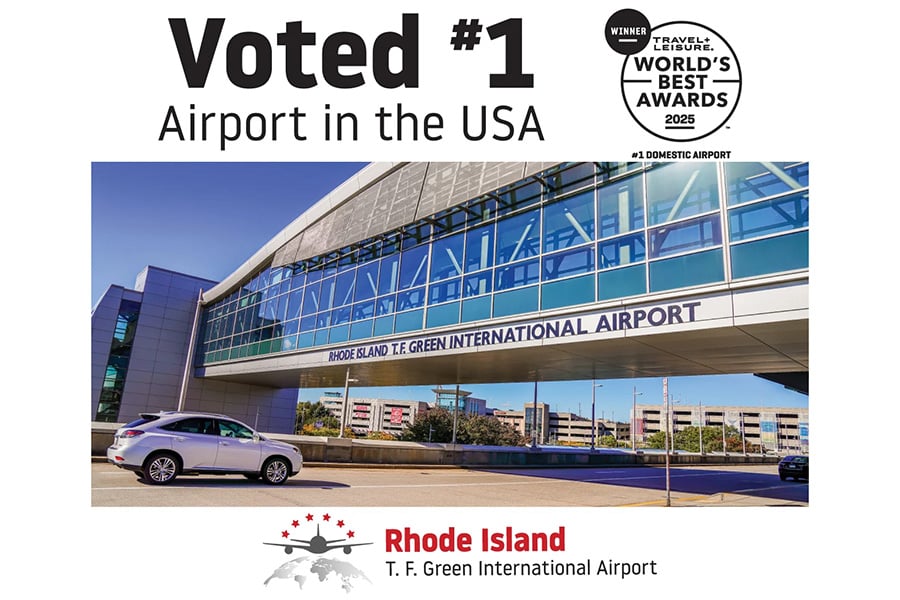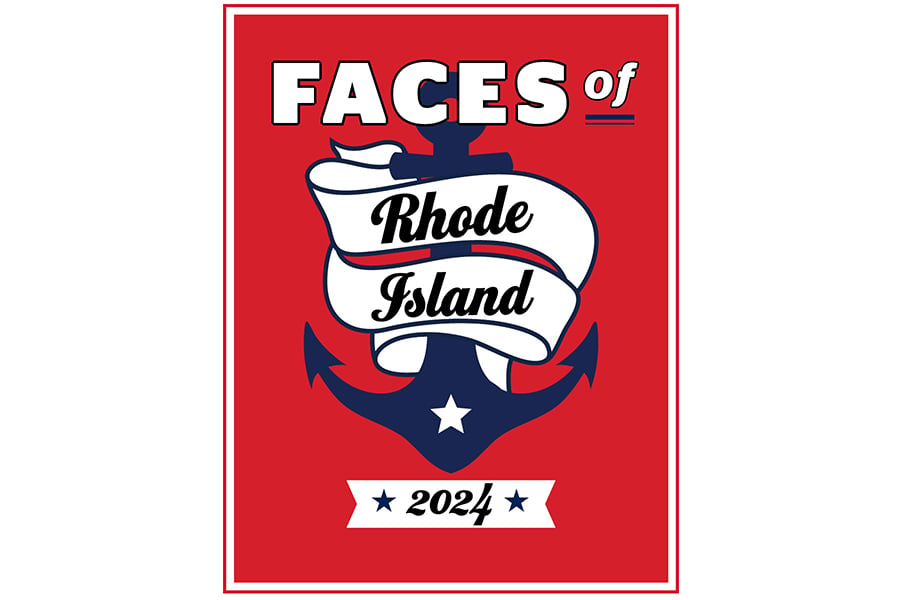A Nkisi Bundle Was Found in a Historic Newport Home — But What Is it Exactly?
The nkisi is one of several items on display through 2026 as part of “Entwined: Freedom, Sovereignty and the Sea,” at the Mystic Seaport Museum.
In 2005, representatives of the Newport Historical Society working on the Wanton-Lyman-Hazard House found a bundle of items concealed beneath an attic floorboard. The items, known collectively as an nkisi bundle, were likely owned by Cardardo Wanton and held spiritual significance for their owner, a man enslaved by the Wanton family in the late eighteenth century. “African spirituality is as deep and as complex as Christianity,” says Akeia de Barros Gomes, vice president of maritime studies at the Mystic Seaport Museum and curator of a new exhibit on Black and Indigenous maritime histories. “In New England, we tend to think that that spirituality just went away and everyone became Christian.” Nkisi (and its plural, minkisi) comes from a Bantu word loosely meaning “to take care” and often includes buttons, nails, cowrie shells and other household items. They take the form of figures or bundles and played a role in connecting enslaved people of African descent with their ancestors. “It reminded them of their humanity in a world that told them constantly and consistently that they were not human,” de Barros Gomes says. The nkisi is one of several items on display through 2026 as part of “Entwined: Freedom, Sovereignty and the Sea,” at the Mystic Seaport Museum. De Barros Gomes, a Newport native, curated the exhibit alongside community members to explore the relationship between local African-descended and Indigenous people from their first encounter through the present.






























